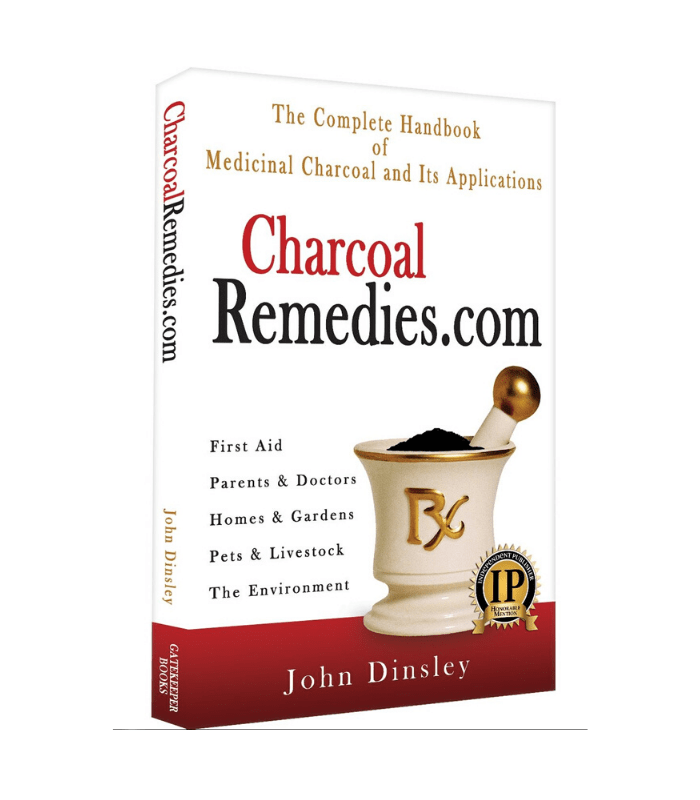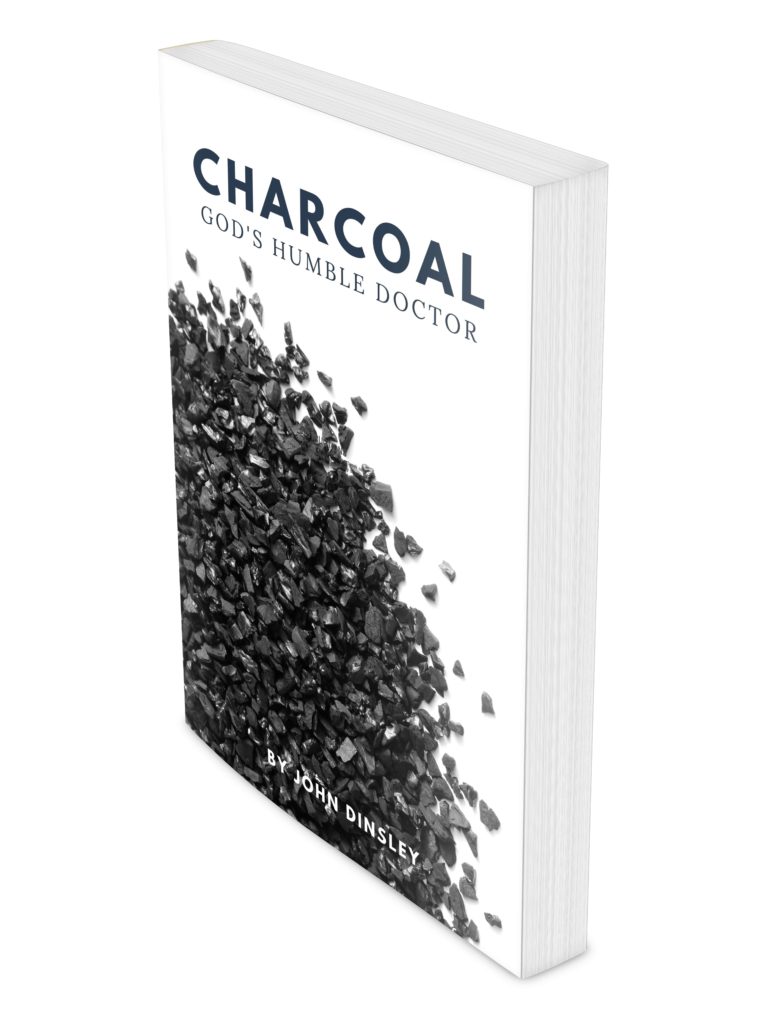Purify Your Water
“Water, water everywhere, and not a drop to drink. Water, water everywhere, and all the boards did shrink.”* More and more, this famous ancient rhyme rings true for much of the world.
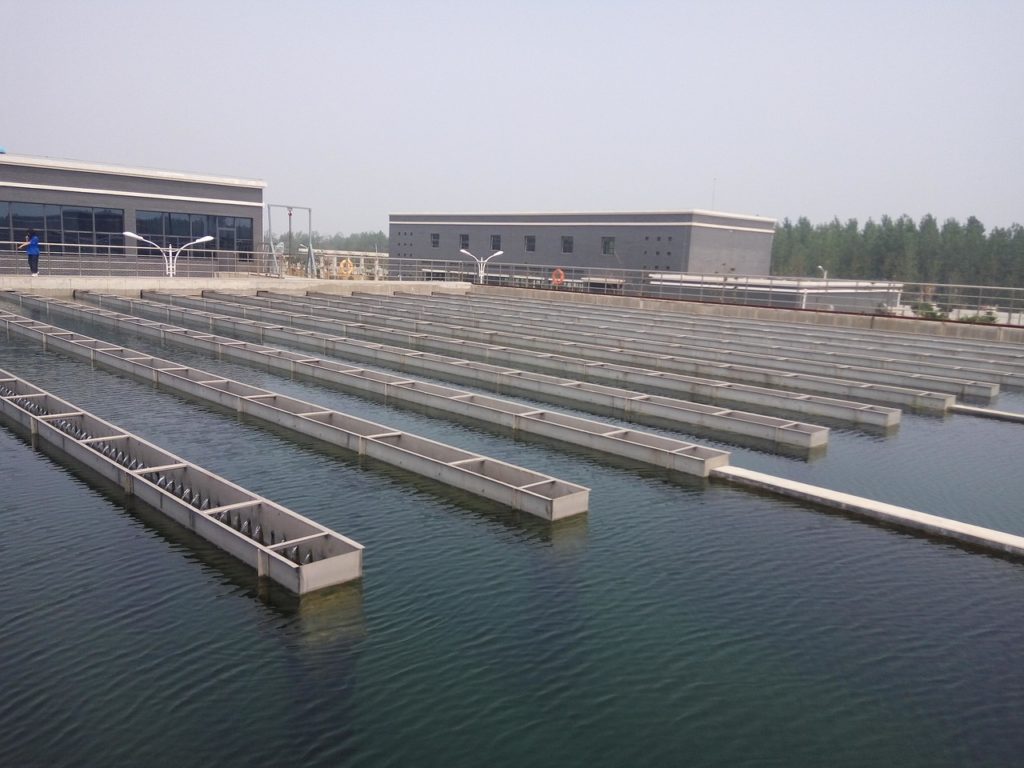
In her sobering article, Drugging Our Water: We Flush It, Then We Drink It**, Melissa Knopper reviews some startling realities. Birth control pills, estrogen replacement drugs, ibuprofen, bug spray, sunscreen, mouthwash and antibacterial soap, all pour into our drinking water supplies every single day. What’s more, they could easily turn up in your next glass of tap water. In 2002 United States Geological Survey (USGS) scientists sampled 139 rivers and streams, finding the residues of hundreds of prescription and over-the-counter drugs and personal care products lingering in the nation’s water supplies. In several cases, these contaminants were found in supposedly treated sewer water that ended up in the drinking water of another city downstream.
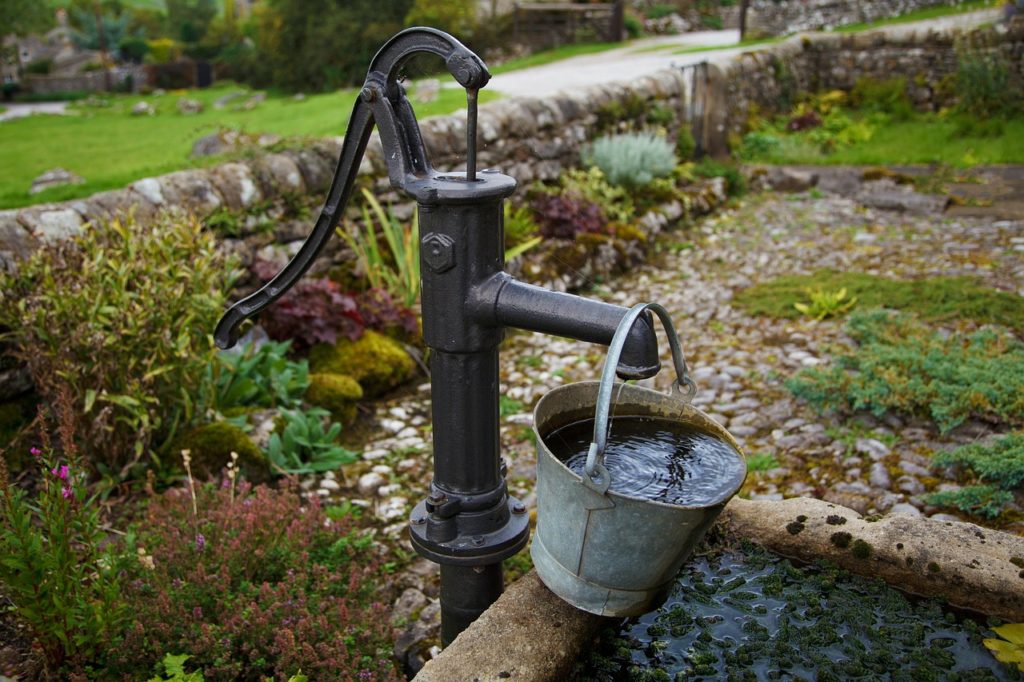
Some rural homeowners who use well water are at even greater risk. USGS researchers also turned up antibiotics in nearly half the streams that were sampled, raising other concerns about the nation’s growing antibiotic resistance problem. “This study raised a bunch of red flags,” says Dana Kolpin, lead author of the USGS study. “At these low concentrations, I think there are going to be long-term effects that may take several generations to show up.”
William Owens, a toxicologist who researched estrogen patches for Proctor & Gamble, says that because the kidneys tack on an extra sugar molecule before they are excreted, until recently, people thought the estrogens in birth control pills were rendered inactive by the body. But now, scientists have learned bacteria in sewage treatment plants can ‘chew’ off that sugar molecule.
A British researcher, John Sumpter, studied fish living near a London wastewater treatment plant. He found male fish that were producing eggs. After finding the compound estradiol in the fish tissue, he concluded that estrogens from birth control pills were part of the problem.
Another active area of research and debate is antibiotic resistance. The Union of Concerned Scientists says farmers account for seventy percent of the antibiotics used in the U.S. Large factory farms use antibiotics to prevent confined, crowded livestock from getting sick. But that practice is creating ‘superbugs’, such as virulent strains of salmonella that are difficult to treat and can be deadly to humans. Dr. John Balbus of Environmental Defense, says that these superbugs may spread to consumers through contaminated meat or wells.
Meanwhile, thousands of pounds of triclosan—the active ingredient in antibacterial soaps, deodorants and household cleaners—are also going down the drain into our waterways. They may also be actively culturing antibacterial resistance.
The days of drinking pure water from a cool, sparkling, mountain stream are fast disappearing. The U.S. Environmental Protection Agency estimates ninety percent of the world’s fresh water is unfit to drink without first being treated. As noted earlier, the WHO has calculated waterborne gastrointestinal infections alone, kill more than 50,000 people around the world every single day.
So what can be done? Polluted water can be made fit to drink in several ways including boiling, treating with chemicals, filtering, or irradiating it. The method(s) you choose will depend on what resources you have at hand, including cash, how often you need to treat water, and the amount of water you want. Each of these methods has its limitations. Boiling, treating with chemicals and irradiating may not kill, neutralize or remove all organisms and toxins, and they do nothing for the visible pollutants and odors left behind. Many filtering systems will restore clarity to the water and remove a large percentage of pathogens, but leave others.
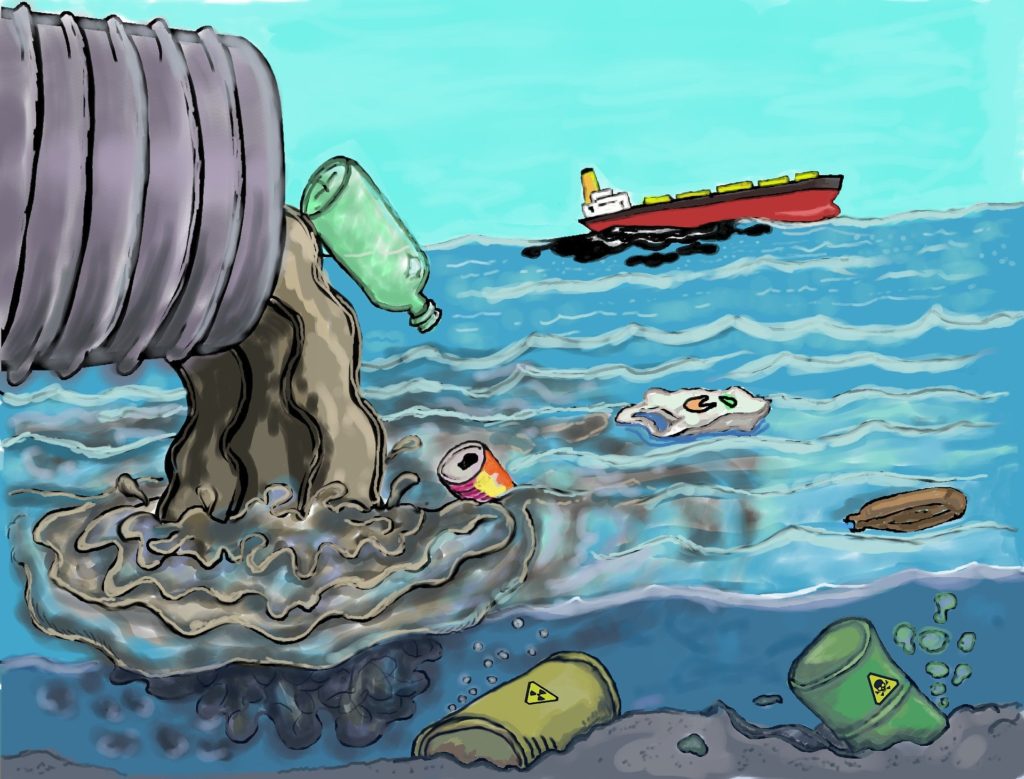
Unfortunately, the answers to global pollution are no longer simple ones. However, while different stakeholders maneuver for tighter environmental protection legislation, one immediate remedy is accessible to all. Charcoal filtering systems that will remove the final traces of those pharmaceutical byproducts from our drinking water are readily available. In combination with certain iodizing chemicals, activated charcoal filters turn otherwise filthy, lethal water back into the closest thing to pure clear mountain water you will get. Depending on one’s needs, they can be pricey, but in the short as well as the long term, they may prove to be our least expensive option. While we all wait for governments to implement environmental reforms, there is a solution near to your home.
If you have not discovered it already, you will find there are a host of charcoal filters of every size and shape, for every conceivable water purification requirement. Thankfully, water purification technology has come a long way from charred water barrels and hunks of charcoal in glass beakers. From domestic to recreational, from industrial to medical, from rural to civic, and from submarines to outer space, there is a charcoal water filter designed just for your needs. But, if you ever find yourself up a creek, with no fluorinated, chlorinated, charcoal-filtered city water, remember, a chunk of charcoal from your campfire in your pot of boiling water, will make it as safe to drink as it was for your great granddaddy.
“Water, water everywhere, and not a drop to drink”. And so it would be for multiple millions of people, if not for charcoal…
—The Water We Drink (taken from CharcoalRemedies.com Chapter 16)
* Coleridge, Samuel Taylor, The Rime of the Ancient Mariner, 1858
** Knoppe, Melissa, Drugging Our Water: We Flush It, Then We Drink It, E/The Environmental Magazine, Volume XIV, Number 1 http://www.emagazine.com

John Dinsley
Born in British Columbia, Canada, John Dinsley has lived, and worked from South America to the North Pole, from Nova Scotia to Nepal. He is trained as a lifestyle counselor, teaches public health programs, home remedies workshops, and has operated a family care home. He and his wife Kimberly are the owners of Charcoal House LLC. They often travel together across the U.S. and internationally to conduct charcoal workshops. He is a carpenter by trade, has managed an organic market garden business, and volunteered in overseas development work. When he is not building, teaching or gardening, he enjoys writing.

